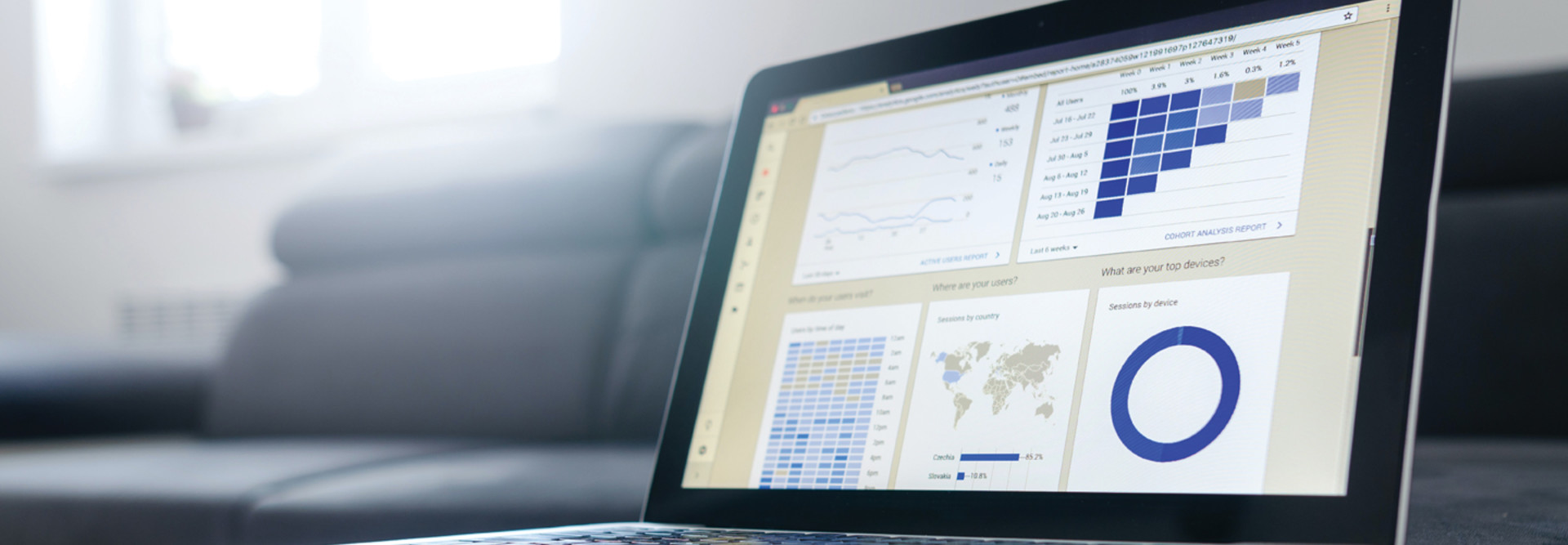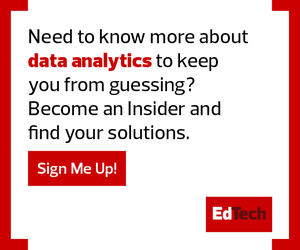Educators have always had access to student data because student data is simply information about students. The difference between the analog student data of the past and the digitally curated student data of today is the ability to see trends and anomalies more easily. Data in today’s education environment is curated by learning management systems and other software tools that allow educators to analyze students’ progress at a glance.
With the ability to more easily access and visualize student data, educators can more efficiently tailor instruction. The data at their fingertips might show where individual students are struggling with a concept or whether an entire lesson needs to be recontextualized to make sense.
Teaching in virtual settings before the pandemic helped some educators become data analytics experts. Teachers working in newly developed virtual academies, and those who have brought digital tools to the classroom, can use the data they now have in the same way.
Click the banner to access data analytics content on a personalized dashboard as an Insider.
Visual Student Data Shows Educators a Path to Personalized Learning
With digital data, and particularly visualized data, educators can make learning more meaningful for all students.
Amy Dunlap, an educator at Michigan Connections Academy, points out that the visualization of data on her learning management system’s dashboard is particularly useful because she can see and understand it quickly.
“This is a snapshot. We know where our kids are, and we know what they’re doing,” Dunlap says. “This is just a daily reminder of what’s going on, what I need to know and what has changed overnight. That helps me guide my day and figure out where my focus needs to be.”
“It is great to be able to see easily who is behind or who needs help,” adds Kaitlyn Cross, professional learning facilitator for Pearson Virtual Schools. In addition to seeing who is falling behind, student data can also show educators which students have quickly mastered material.
With the guidance of student data, “educators can use their expertise to bring out that peak learning experience for each one of their kids,” says Mickey Revenaugh, co-founder of Connections Academy and Vice President at Pearson.
While virtual teachers may have the most experience using student data to personalize instruction, there are ways for in-person teachers to use the information at hand as well.
READ MORE: What do flipped classrooms look like in today’s learning environment?
“They can use that data to structure a whole-class, live learning experience, but with breakout rooms and special activities that really address where each student is in their learning process,” Revenaugh says. As for the ways educators can act on the student data?
“Intervention, small group or group instruction, tutoring and assignment of extra activities for kids that have mastered the material really quickly,” she suggests.
Educators are already experts in guiding learning for their students. The data simply gives them a clearer and earlier look at where students are struggling and excelling, saving teachers time and keeping students on track.
“Teachers’ use of data and their understanding of how kids learn bring out the best learning in every single kid,” Revenaugh says.












